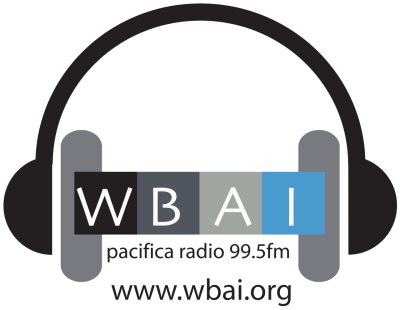
Older adults continue to lag in technology adoption compared with younger people, and a digital divide also exists within the senior population according to a new report just released by the Pew Research Center.
Pew not only compared technology use between Americans ages 65 or older and the rest of the population, but also compared it across the senior age spectrum. What they found were two different groups of 65+ Americans: one that was younger, better educated, and wealthier, who had “substantial” technology assets. This group had a positive view about online platforms.
The second group was primarily older, poorer, and often had significant health and/or disability challenges. They are largely disconnected from the digital world, both physically and psychologically, according to the report.
“As the internet plays an increasingly central role in connecting Americans of all ages to news and information, government services, health resources, and opportunities for social support, these divisions are noteworthy—particularly for the many organizations and individual caregivers who serve the older adult population,” wrote senior researcher Aaron Smith.
Six in 10 (59%) seniors 65 and older go online regularly — an increase of 6 percentage points in just one year. Nearly half (47%) have high speed broadband at home and more than three-quarters (77%)have a cell phone. However, four in 10 seniors don’t use the internet at all, more than half (53%) do not have home broadband access, and nearly a quarter (23%) don’t use cell phones.
 Internet use and broadband adoption among seniors each fall off notably starting at approximately age 75. Some 68% of Americans in their early 70s go online, and 55% have broadband at home. In contrast, internet adoption falls to 47% and broadband adoption falls to 34% among 75-79 year olds. Income also impacts use of technology. Among seniors with an annual household income of $75,000 or more, 90% go online and 82% have broadband at home. For seniors earning less than $30,000 annually, 39% go online and 25% have broadband at home.
Internet use and broadband adoption among seniors each fall off notably starting at approximately age 75. Some 68% of Americans in their early 70s go online, and 55% have broadband at home. In contrast, internet adoption falls to 47% and broadband adoption falls to 34% among 75-79 year olds. Income also impacts use of technology. Among seniors with an annual household income of $75,000 or more, 90% go online and 82% have broadband at home. For seniors earning less than $30,000 annually, 39% go online and 25% have broadband at home.
Many older adults have physical conditions or health issues that make it difficult to use new technologies. Approximately two in five seniors in Pew’s survey indicated a “physical or health condition that makes reading difficult or challenging” or a “disability, handicap, or chronic disease that prevents them from fully participating in many common daily activities”. This group is significantly less likely than seniors who do not face these physical challenges to go online (49% vs. 66%), to have broadband at home (38% vs. 53%), and to own most major digital devices.
Among older internet users, 71% go online daily or almost every day, and an 11% go online three to five times per week. Connected seniors are also avid social media users. Forty-six percent of online seniors (representing 27% of the total older adult population) use social networking sites such as Facebook and these social network adopters have more persistent social connections with the people they care about. Some 81% of older adults who use social networking sites say that they socialize with others (either in person, online, or over the telephone) on a daily or near-daily basis.
As I’ve previously reported , it’s never too late to learn to use a computer or other technology. The health benefits of social engagement — whether in person or through social media and other tools are highly beneficial.
“One of the things that seems crucially important for the elderly is to really have a circle of friends, whether it be family, neighbors, whatever, but don’t become isolated. That’s one of the worst things that I think happens…and that probably would be the most harmful thing they could do,” said Daniel Callahan, the 83-year old leader emeritus of The Hastings Center, an aging and policy think tank. Social isolation in older adults is associated with increased depression, heart disease, increased morbidity and mortality.
AARP senior analyst Chris Baker and I called on policymakers to ensure that affordable high-speed connectivity is available to all citizens and promote it as an aging-in-place solution. As we wrote, Internet and other broadband services “increase the potential for older adults to live independently, safely, and comfortably in their own homes.”
I repeat the call here.
Whether it’s telemedicine or staying in touch with the grandkids via Skype, local programs that give older adults the support and training to become technology users have a broad payoff — helping to foster aging in place, alleviating depression and social isolation, allowing more self-care and disease management and bridging the digital divide that prevents many seniors from fully enjoying the benefits of our high-tech, connected world.






Pingback: Digital divide hurts seniors with low health literacy most | HealthCetera - CHMP's Blog / November 12, 2014
/